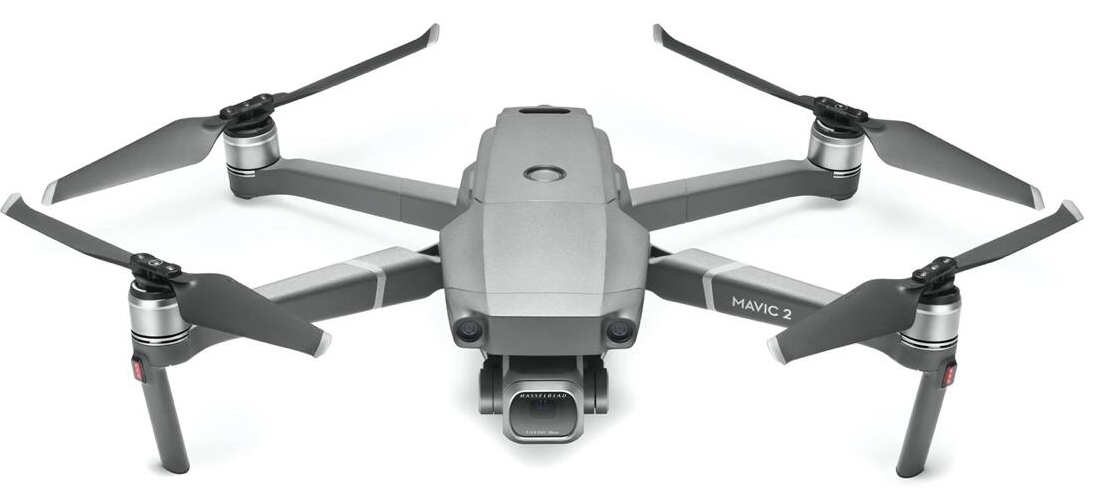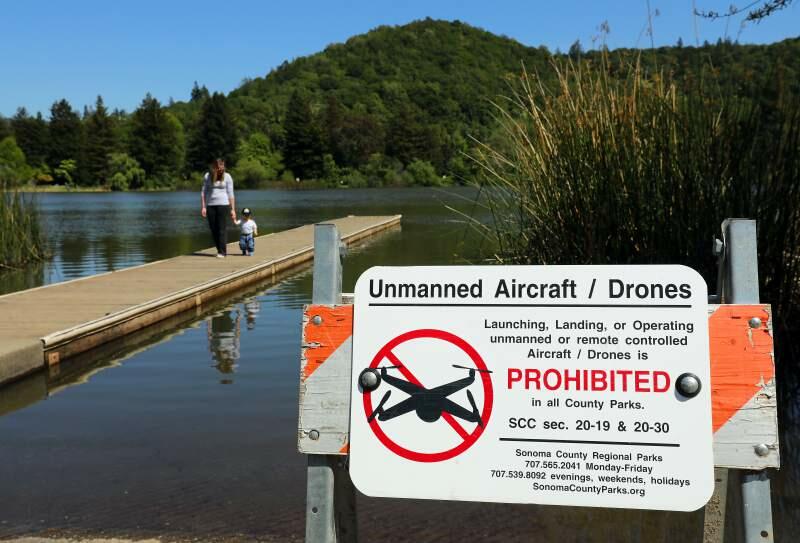Introduction
In the modern technological environment, the demands of consumers shift from one gadget to another. The latest advancement in this area that has gained tremendous popularity among consumers is the unmanned aerial vehicle (UAV) that is being used for recreational and artistic purposes such as photography and filmmaking (Joshi, 2017). It is notable that there are also unmanned combat aerial vehicles (UCAV), which are used for military purposes, and have different implications in terms of safety, ethics, privacy, and system control.
A UAV, also known as a drone, is a small aircraft that is being operated without a human pilot, and most commonly fly either the remote control by a human operator or with the help of onboard computers. Several examples of the most popular UAVs being purchased by consumers include the DJI Mavic Air and Pro, Pierrot Bebop, and ZeroTech Dobby. The gadgets vary in price and capabilities, which is why the range of products available on the market is highly extensive.

Main body
While UAVs have shown to be greatly successful among consumers who purchase them, there are considerations of privacy that have to be addressed. In the context of drones being used as entertainment methods and videomaking, the general public is concerned with their privacy being invaded (Rice, 2019). The problem is associated with the fact that people do not know what purposes are drone users pursuing when flying over houses and other private areas. Despite the enforcement of regulations of the Federal Aviation Administration (FAA) regulations, anecdotal information suggests that most privacy violators cannot be caught.
Because of this, using UAVs even for such innocent purposes as filmmaking calls for significant considerations associated with privacy. Collecting informed consent from people who may be subjected to the camera of the drone is an effective method of avoiding being sued. Also, obtaining a license from the FAA as well as registering the drone with the Administration may prevent UAV pilots from being accused of privacy breaches.
The ethics of using UAVs for both entertainment and professional purposes present several complicated issues. As mention by Wilson (2014), ethical problems emerge as a result of interaction between the drone and the subjects of their footage or surveillance. This means that ethical problems arise between those who operate drones and people subjected to potential surveillance. Thus, the purpose of drones’ use established instrumental reasoning as well as the technical issue that is being held under surveillance. The ethics of the use of drones is thus evaluated on the basis of intentions that are being pursued by their operators.
For example, if someone flies a drone as a recreational activity in an isolated location, the likelihood of people being annoyed by the noise or the general presence of the gadget is low. However, if there is a sense of annoyance in the same situation, people may claim that they have a personal right to get peace and quiet when they are trying to relax and enjoy nature.
Thus, there is an ethical opposition between the right of one individual to pursue his or her hobby and fly “a drone in a public space and the right of another individual to have peace and quiet in the same area” (Wilson, 2014, p. 3). The issue of privacy comes into play in this case because if a person flying the drone inadvertently takes a photograph of another, this can be equated to the invasion of privacy.

The discussion of safety pertaining to the use of drones for recreational purposes is complex and multi-dimensional. For regular users, it is recommended to fly only one drone at a time to maintain full control over the devices, fly the device within visual line-of-sight, which means that it should be operated during the day, should not be flown in clouds, during fog or rain. In addition, it is always advised to ensure that the drone can be seen with the operator’s eyes at all times without the use of additional equipment such as binoculars or video screens. The recommendations associated with drone use are necessary to establish a high degree of control over the device and avoid its loss, breakage, or causing damage to third parties.
Conclusion
Among users who are not experienced enough, the loss of system control can occur in the cases of improper exploitation and the functioning of the UAV. However, it is also important to consider the occurrence of cyber-attacks on UAVs because of the devices being vulnerable to them. Such attacks can occur for security reasons, which is why it is recommended for general users to comply with the rules established by the FAA as well as consider the implications of their use in terms of privacy, ethics, and safety. Overall, the subject of UAVs requires further exploration as the devices are becoming increasingly popular to be used for recreational purposes. There should be a clear differentiation in the guidelines applied to UAVs used by regular consumers.
References
DJI Mavic 2 Pro [Image] (n.d.). Web.
Joshi, D. (2017). Exploring the latest drone technology for commercial, the industrial and military drone uses. Business Insider. Web.
In Sonoma county parks, laws vary over flying drones (2017). Web.
Rice, S. (2019). Eyes in the sky: The public has privacy concerns about drones. Forbes. Web.
Wilson, R. (2014). Ethical issues with the use of drone aircraft. Web.